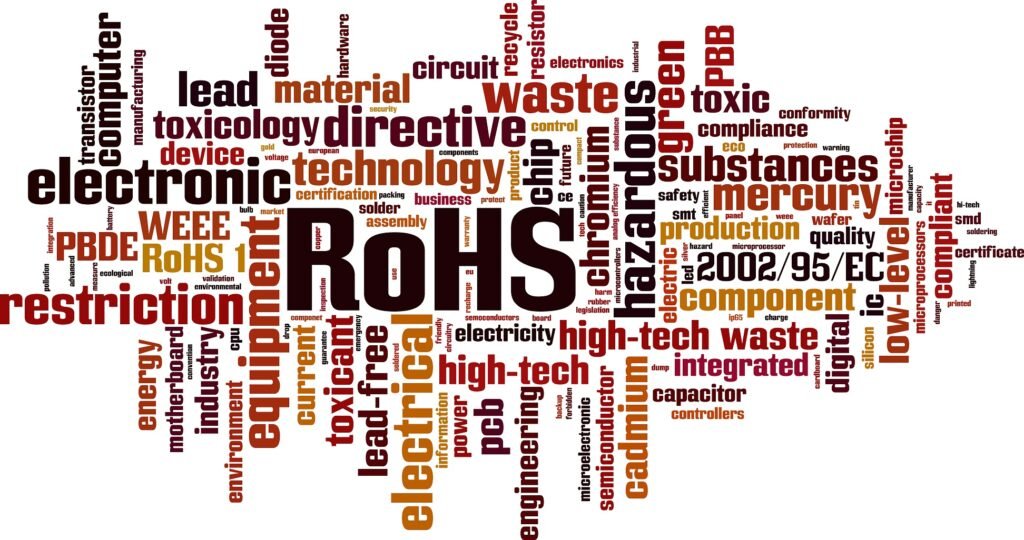On March 14, 2022, the Electrical and Electronic Product Pollution Control Standardization Group of China’s Ministry of Industry and Information Technology and other bodies held an online conference and released plans for standards revision and other measures for China RoHS. The main plans are to (1) add four phthalate esters (DEHP, BBP, DBP and DIBP) to the hazardous substance list of China RoHS, (2) develop specific requirements for hazardous substance marking and (3) update the test methods for hazardous substances.
Plans for China RoHS regulations
| Plan | Specific measures | Schedule |
| Update the test methods |
– |
– |
| Update the hazardous substance marking requirements | Revise the SJ/T 11364-2014 “Marking requirements for restrictions on the use of hazardous substances in electronic and electrical products” standards | Issue revised marking standards — July–November 2022 |
| Introduce new restricted substances | Conduct research on the feasibility of restrictions on the use of the four phthalate esters → Propose regulatory measures based on the research → Introduce new requirements in the revised GB/T 26572 “Requirements of concentration limits for certain restricted substances in electrical and electronic products” standards | Complete the revision of the GB/T 26572 standards — November 2022 |
| Conduct rigorous oversight |
– |
– |
Implementation schedule
According to the Fifth Electronics Research Institute of the Ministry of Industry and Information Technology, the overall schedule is as follows:
- Conduct research on companies — through April 2022
- Develop and revise standards — through September 2022
- Announce related measures — through December 2022
In relation to standards, the following things are also planned:
- Mandatory national standards for restrictions on the use of hazardous substances in electrical and electronic products will be designed in early 2022 and issued in three to five years.
- For test method standards, GB/T 26125 “Electrical and electronic products – Determination of six regulated substances (lead, mercury, cadmium, hexavalent chromium, polybrominated biphenyls, polybrominated diphenyl ethers)” will be replaced with GB/T 39560 “Determination of certain substances in electrical and electronic products”, which corresponds to the EU’s IEC 62321 series. When and how to make this transition will be announced later by the Certification and Accreditation Administration.
Benefit of restrictions on the use of phthalate esters
The China Academy of Information and Communications Technology explains the benefit of restrictions on the use of phthalate esters as follows. Phthalate esters are widely used as plasticizers in the manufacturing of electrical and electronic products. The disposal and recycling of these products may release phthalate esters in them into the environment and as a result impact the ecological environment and human health. For this reason, the use of those harmful substances in electrical and electronic products need to be reduced or avoided.
Details of the measures and plans for China RoHS (in simplified Chinese) are available at
http://www.cesi.cn/cesi/rohs/202203/8327.html
 China announces revision plans of RoHS regulations
China announces revision plans of RoHS regulations 

























